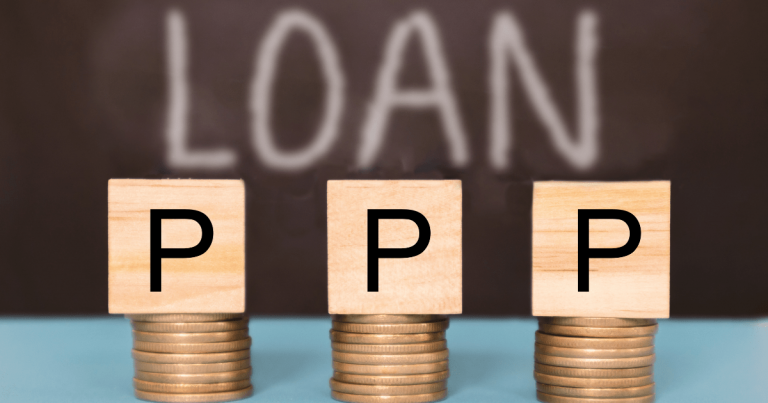The CAA, 2021 permits certain smaller businesses who received a PPP loan and experienced a 25% reduction in gross receipts to take a PPP Second Draw Loan of up to $2 million.
Eligible entities. In order to qualify for a PPP Second Draw Loan, a taxpayer must have taken out an Original PPP Loan. In addition, prior PPP borrowers must meet the following conditions to be eligible for the PPP Second Draw Loans:
- Employ no more than 300 employees per physical location;
- Have used or will use the full amount of their first PPP loan; and
- Demonstrate at least a 25% reduction in gross receipts in the first, second, or third quarter of 2020 relative to the same 2019 quarter. Applications submitted on or after Jan. 1, 2021, are eligible to utilize the gross receipts from the fourth quarter of 2020.
Eligible entities include for-profit businesses, certain non-profit organizations, housing cooperatives, veterans’ organizations, tribal businesses, self-employed individuals, sole proprietors, independent contractors, and small agricultural co-operatives.
Loan terms. Borrowers may receive a PPP Second Draw Loan of up to 2.5 times the average monthly payroll costs in the one year prior to the loan or in the calendar year 2019. However, borrowers in the hospitality or food services industries (NAICS code 72) may receive PPP Second Draw Loans of up to 3.5 times average monthly payroll costs. Only a single PPP Second Draw Loan is permitted to an eligible entity.
Gross receipts and simplified certification of revenue test. Taxpayers who borrow PPP Second Draw Loans of no more than $150,000 may submit a certification, on or before the date the loan forgiveness application is submitted, attesting that the eligible entity meets the applicable revenue (gross receipts) loss requirement.
Loan forgiveness. Like Original PPP loans, PPP Second Draw Loans may be forgiven for payroll costs of up to 60% (with some exceptions) and nonpayroll costs such as rent, mortgage interest, and utilities of 40%. Forgiveness of the loans is not included in income as cancellation of indebtedness income.


